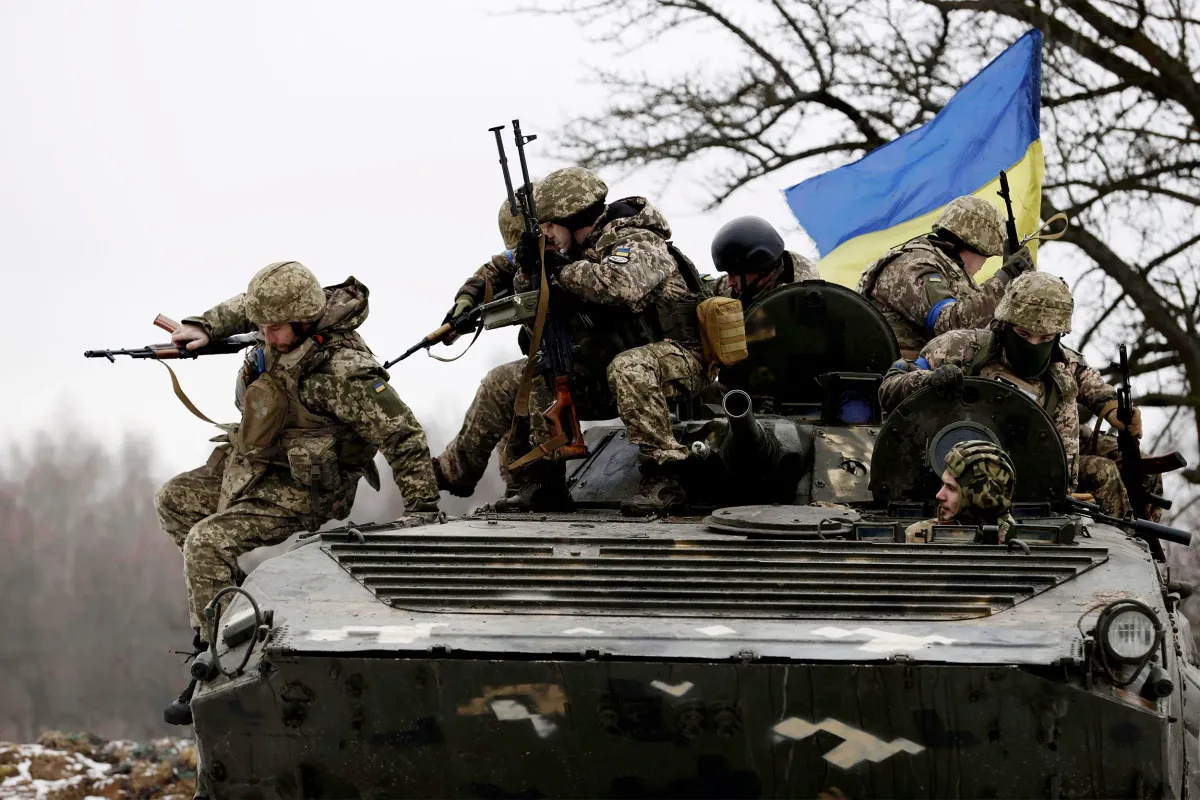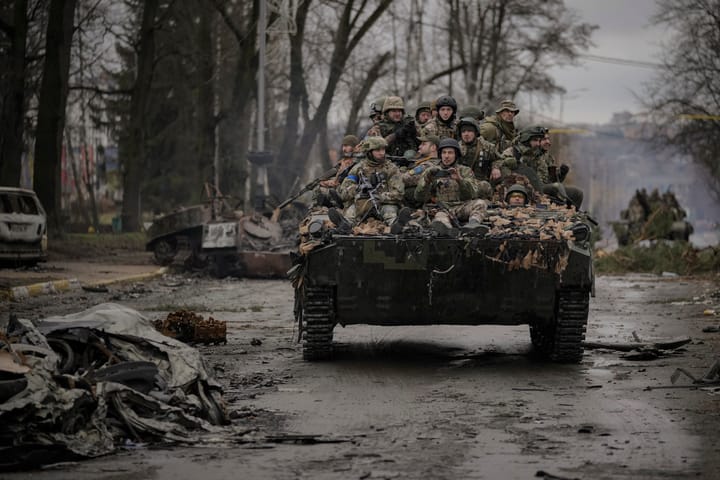Ukraine’s rare earth deal looks like recovery—until you read the fine print.
The pen hadn't even dried on the U.S.-Ukraine minerals deal before the applause started. A chorus of diplomats, investment bankers, and breathless cable news analysts celebrated it as a masterstroke of economic diplomacy - a win-win, a symbol of strategic resilience, a bridge to Ukraine's reconstruction. But look closer. Sovereignty, security, and precedent are on the table.
For months, the deal was locked in a holding pattern. Trump, eager to sell it as a transactional triumph, floated numbers like $500 billion in mineral rights. Ukraine resisted. There were threats, leaks, stalled meetings, and diplomatic strong-arming. When the final version was announced, the narrative was polished: shared investment, economic development, and no obligation to repay prior aid. The U.S. gets preferential access to future extraction contracts. A new investment fund is partially backed by military aid. And half of Ukraine’s future mining revenue goes right back into that fund—a mechanism that turns war recovery into a commodity pipeline.
What’s being built is more than just a mine in Dnipro or a processing plant near Lviv. It's a template. A model for how Western military aid can be retrofitted into long-term economic influence. A model where strategic solidarity is measured in extraction volumes, not in treaties or deterrents. It isn’t a bribe, exactly. But it’s not quite a gift either. It’s an "investment"—with geopolitical strings so tightly wound they cut into the idea of independence itself.
Supporters of the deal argue that this is a path to postwar prosperity. That Ukraine, devastated by invasion, needs infrastructure, jobs, and trade. All true. But there’s a difference between recovery and resource dependency. There’s a difference between rebuilding a country and strip-mining it into alignment. When reconstruction is tied to mineral output, when aid is collateralized against the earth beneath your feet, the deal stops being about security and starts being about leverage.
And that leverage matters. Not just to Ukraine. But to China. To Europe. To every nation caught in the new cold war of critical materials. China currently dominates the rare earth supply chain, controlling 80% of global processing. The U.S. wants out. But decoupling isn’t cheap, and it isn’t fast. So Washington goes looking for substitutes. Not partnerships, but footholds. And in Ukraine, they found one. A scarred nation with rich veins and desperate needs.
This isn’t the first time minerals have masqueraded as diplomacy. Nor the first time war has blurred into economics. But it might be the clearest signal yet that the United States under Trump has accepted a new paradigm: influence via extraction. And once that door is open, once aid becomes entangled with ore, it doesn’t close easily. What happens when similar deals are proposed in the Sahel? Or the Arctic? What happens when the next military support package comes with a mining clause?
Trump didn’t invent this tactic. He just said the quiet part out loud. He turned what was often implicit into a sales pitch: we helped you, now pay us back. Not in gratitude. In graphite. And while the final agreement softened the rhetoric, the architecture remains. This deal has been framed as historic, but what it really is—a prototype.
Ukraine does retain ownership of its subsoil rights. It does keep final control over who gets to dig. But control on paper is different than control in practice. When your reconstruction depends on American capital, and that capital is tied to mineral access, how free are your choices? How sovereign is your strategy?
And then there’s the map. Many of Ukraine’s richest mineral reserves lie in contested zones—Donetsk, Luhansk, and parts of the Zaporizhzhia Oblast. Territories under Russian occupation or constant threat. Extracting from them won’t be easy. Profiting from them will be even harder. But that’s part of the calculus. The deal doesn’t just entrench economic interests. It incentivizes a permanent frontier. A never-quite-peace, never-quite-war limbo in which Western investors have a stake in Ukraine’s unresolved conflict. Stability becomes not an end, but a means of asset protection.
Some will call this cynical. But it’s not cynicism to point out how power works. The world’s next economic order will be carved from cobalt and lithium and neodymium. And the race to secure those resources will not be polite. It will be dressed in deals and press releases and mutual funds. But underneath, it will be driven by desperation.
The global energy transition depends on critical minerals. EVs, solar panels, military tech, AI—they all need these elements. And the countries that control the supply chains will control the pace and terms of innovation. That’s the real war here. And in that war, Ukraine is not just an ally. It’s a quarry. Its geopolitical value rises every time a new battery gets built.
We should care about Ukraine’s recovery. We should fund it, support it, defend it. But we should also be honest about the price being set. Not just in dollars. In futures. This deal may accelerate rebuilding, but it also embeds a new kind of dependency. The cost of freedom is measured in metric tons.
What the world needs now is a rare kind of discipline. The ability to see beyond the next market shock. To build partnerships that aren’t extractive by design. To remember that sovereignty isn’t just about borders, but about the ability to say no—even to your friends.
We’ve mistaken strategic alignment for acquisition. We’ve blurred solidarity into stakeholding. Ukraine is rebuilding. Let’s not rebuild it into a cautionary tale.
The Index is a reader-supported, indie publication.
Now, more than ever, the world needs an independent press that is unencumbered by commercial conflicts and undue influence.
By taking out an optional founding membership, you can help us build a free, accessible, independent news platform firewalled from corporate interests.



